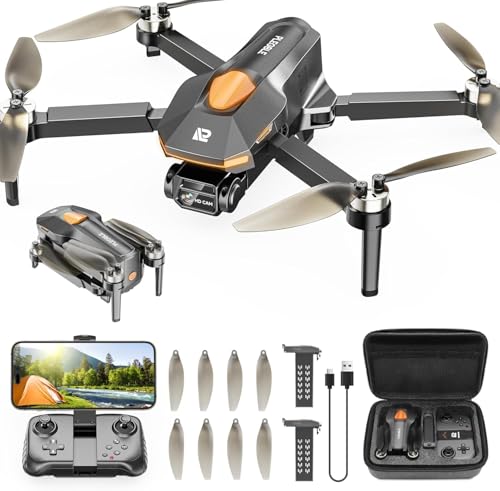Understanding Walkie-Talkies: How They Work and Why Kids Love Them
How Walkie-Talkies Function
Walkie-talkies are handheld two-way radios that operate through radio waves. When you press the button, your voice gets converted into radio signals, which travel to the other walkie-talkie. The receiver, on the other end, picks up these signals and converts them back to sound, allowing for instant communication. This technology is relatively simple, yet it opens a world of conversations without the need for mobile phones or internet connections.
The Appeal for Kids
Kids love walkie-talkies because they offer a sense of adventure and independence. Imagine a child communicating with friends in the garden or at the park, all while maintaining a safe distance from parental supervision. The thrill of having a secret conversation adds to the excitement. Moreover, these devices inspire imaginative play, whether they’re pretending to be spies, explorers, or characters from their favourite shows.
Key Features to Consider When Choosing Walkie-Talkies for Kids
Durability is Essential
When selecting walkie-talkies for kids, consider their durability. Children can be rough with their toys, so opting for models that are rugged and can sustain drops or rough handling is wise. Look for walkie-talkies that have a robust design, as they can withstand outdoor adventures without easily breaking.
Range of Communication
The range refers to how far apart the walkie-talkies can be and still communicate effectively. For kids playing within a larger area, such as a garden or a park, we recommend models with a longer range. Most walkie-talkies specify their range in terms of miles or kilometres, so it’s beneficial to choose one that clearly suits the environment your child will be in.
Simple Controls and Functions
Children benefit from walkie-talkies that are easy to operate. Look for devices with fewer buttons and straightforward functions. A basic push-to-talk button is ideal for little hands, as it allows seamless communication without complicated settings that could confuse them.
Sound Quality Matters
Clear sound quality ensures that conversations are understood without strain. We recommend choosing walkie-talkies that are known for delivering good audio clarity, as poor sound can lead to frustration and miscommunication during play.
Best Walkie-Talkies for Different Age Groups: A Quick Guide
Toddlers (Ages 3-5)
For younger kids, look for walkie-talkies that are lightweight and simple to use, often featuring built-in animal noises or lights. These models cater to a toddler’s short attention span while keeping them engaged in interactive play.
Preschoolers to Early Primary Kids (Ages 5-7)
As children start formal education and develop social skills, we suggest choosing models that offer slightly more robust features, such as a higher range and clearer sound. Look for fun designs that appeal to their sense of aesthetic, such as bright colours and favourite characters.
Older Primary Kids (Ages 8+)
For this age group, consider walkie-talkies that offer additional features like multiple channels or privacy codes for secure conversations. Kids at this age will appreciate the technology and functionality that enhance their adventures.
Tips for Using Walkie-Talkies Safely and Effectively with Your Kids
Establish Clear Rules
Setting guidelines is crucial. Teach your child when and where it’s appropriate to use their walkie-talkies, ensuring they understand boundaries during play. Discuss safety, especially when playing outside, so they know to communicate if they feel lost or are about to wander too far.
Encourage Short Conversations
It can be helpful to teach kids the importance of sticking to brief and clear messages. This not only improves communication but also maximises battery life. Encourage them to say key information first before adding any fun comments.
Regularly Check the Devices
Make it a habit to check the walkie-talkies, ensuring they are charged and functioning correctly. This can be a fun part of your pre-play routine and teaches kids the responsibility of looking after their equipment.
Fun Activities to Enjoy with Your Kids Using Walkie-Talkies
Treasure Hunts
Organising a treasure hunt can be an exciting way to incorporate walkie-talkies. Create clues that lead kids to different locations, where they can communicate with each other about their finds, enhancing teamwork and adventurous spirit.
Outdoor Games
Utilise walkie-talkies in classic outdoor games like hide and seek or capture the flag. Assign roles and make communication a vital part of the game strategy, turning a simple game into a thrilling competition.
Family Adventures
Whether you’re hiking, camping, or just taking a long walk in the park, walkie-talkies can enhance the experience. Kids can check in or share their observations about wildlife and nature, making every outing an opportunity for learning and bonding.


































